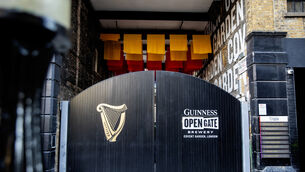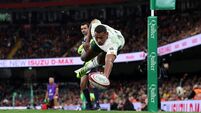Writing off ‘bad’ loans costs Lloyds heavily
Lloyds yesterday reported a first-half net loss of just under £4 billion (€4.72bn); considerably down from a profit of £2.8bn for the corresponding period last year. In a rather obvious summing up of the causes, group chief executive, Eric Daniels said: “Our first-half loss was driven by the high levels of impairment.”
Over the course of the first six months of this year, Lloyds’ impairment charges – basically, the monetary cost to the business of writing-off loans which are unlikely to be repaid – went from £2.5bn to £13.4bn.
















